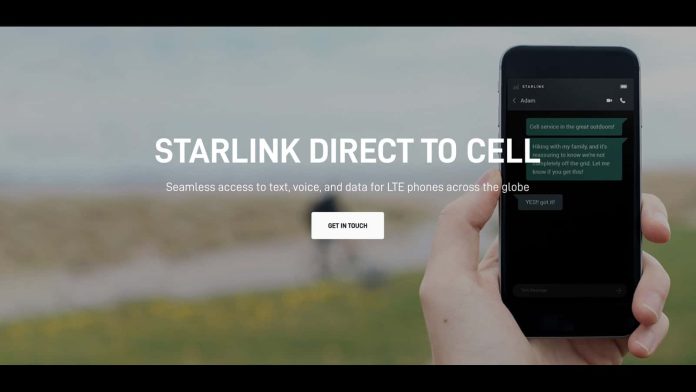[ad_1]
Cellular communications over satellite has made progress over the last few years, and has been used in consumer applications for emergencies. But SpaceX wants to make satellite cellular mainstream, and it just got permission from the U.S. Federal Communications Commission (FCC) to begin testing Starlink on phones. Starlink has already been used for satellite internet, and SpaceX wants to expand into cellular service over time. However, the company’s entry in the satellite cellular market has been met with resistance from competitors. All the while, SpaceX has maintained that its satellites will not interfere with existing services.
Authorization from the FCC is the first step
Before any kind of deployment or testing of cellular technology starts, companies must first get authorization from the FCC. Before late last week, the FCC only gave SpaceX limited permission to test Starlink satellites in space. SpaceX could confirm that the antennas on the satellites were functional, but that was the extent of its authorization. Essentially, SpaceX could only perform very brief tests, and these did not give the company enough room to fully test cellular over satellite. However, the FCC’s latest “special temporary authorization” gives SpaceX the authority to test Starlink cellular for 180 days, ending June 14.
The test will be expansive, with up to 840 satellites communicating with phones on the T-Mobile frequency spectrum. It differs from existing options, which connect a satellite and a cell phone through an intermediary location on Earth. The FCC’s authorization does have limits, though. For example, SpaceX can only test the satellites from a few dozen locations specified in the company’s application to the FCC. The satellites will communicate with 2,000 test devices, using the 1910-1915MHz and 1990-1995MHz bands. It’s important to note that the cell phones are unmodified, so the test devices only need to work on the T-Mobile network to connect with Starlink. Again, this is an area where SpaceX is differentiated from existing satellite options.
What comes next for the Starlink test and FCC approval
Since the FCC’s authorization order is temporary, it can be rescinded at any time. SpaceX has some need for urgency, because it plans to launch limited Starlink service starting next year. The company is also targeting 2025 for more features, and the rollout is part of a partnership with T-Mobile. Text messages will be the first feature available, and typical cellular offerings like calling and data are planned to follow. These plans, if successful, would beat existing options. Apple’s Emergency SOS via Satellite, for example, is not direct-to-phone and can only be used in emergencies.
[ad_2]
Source link
